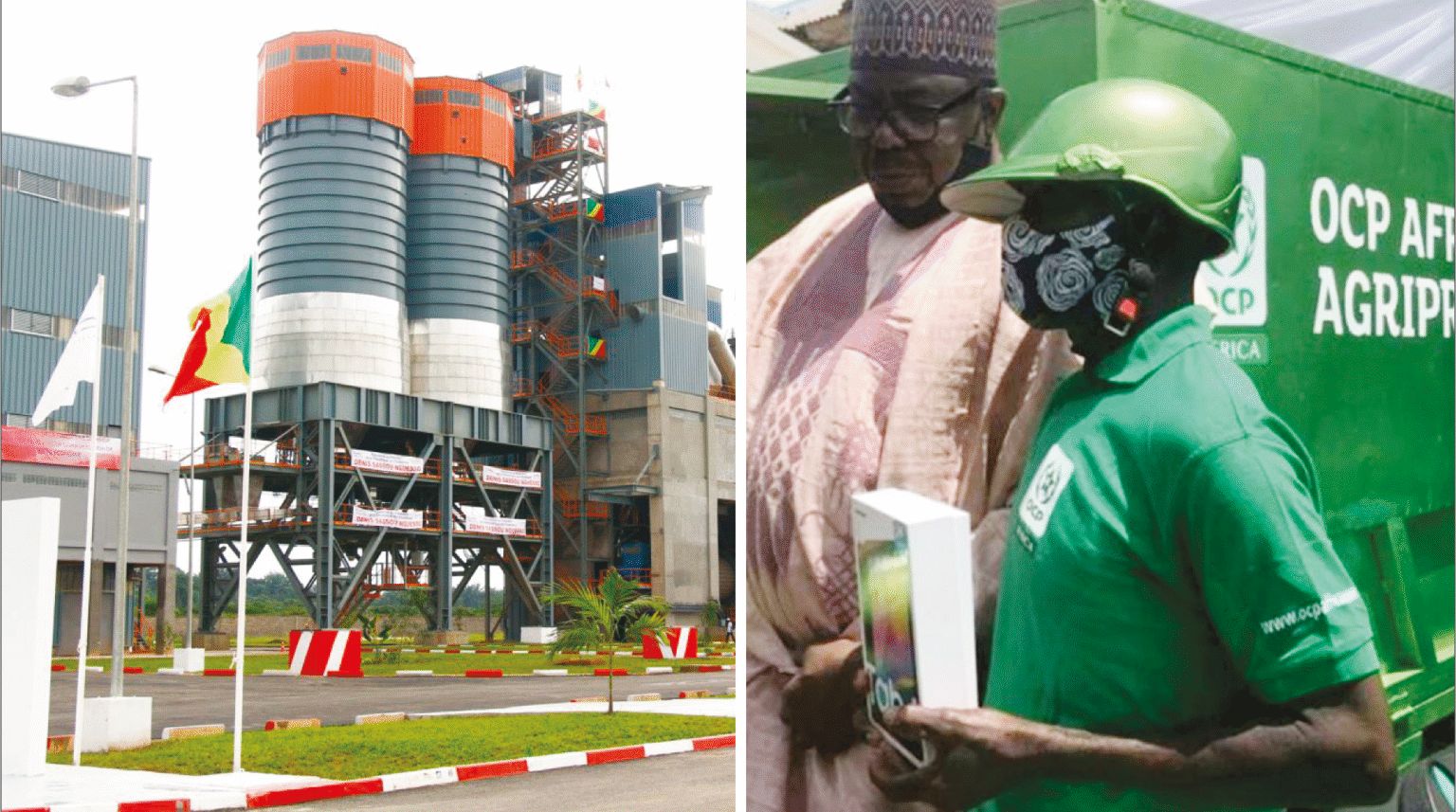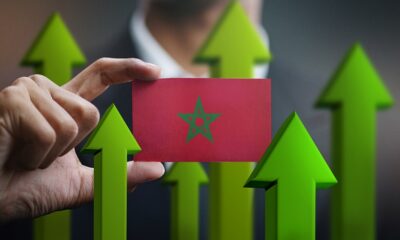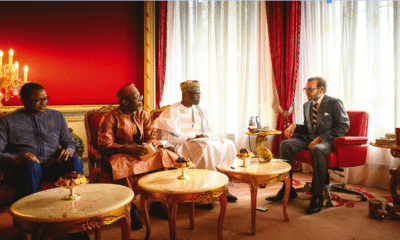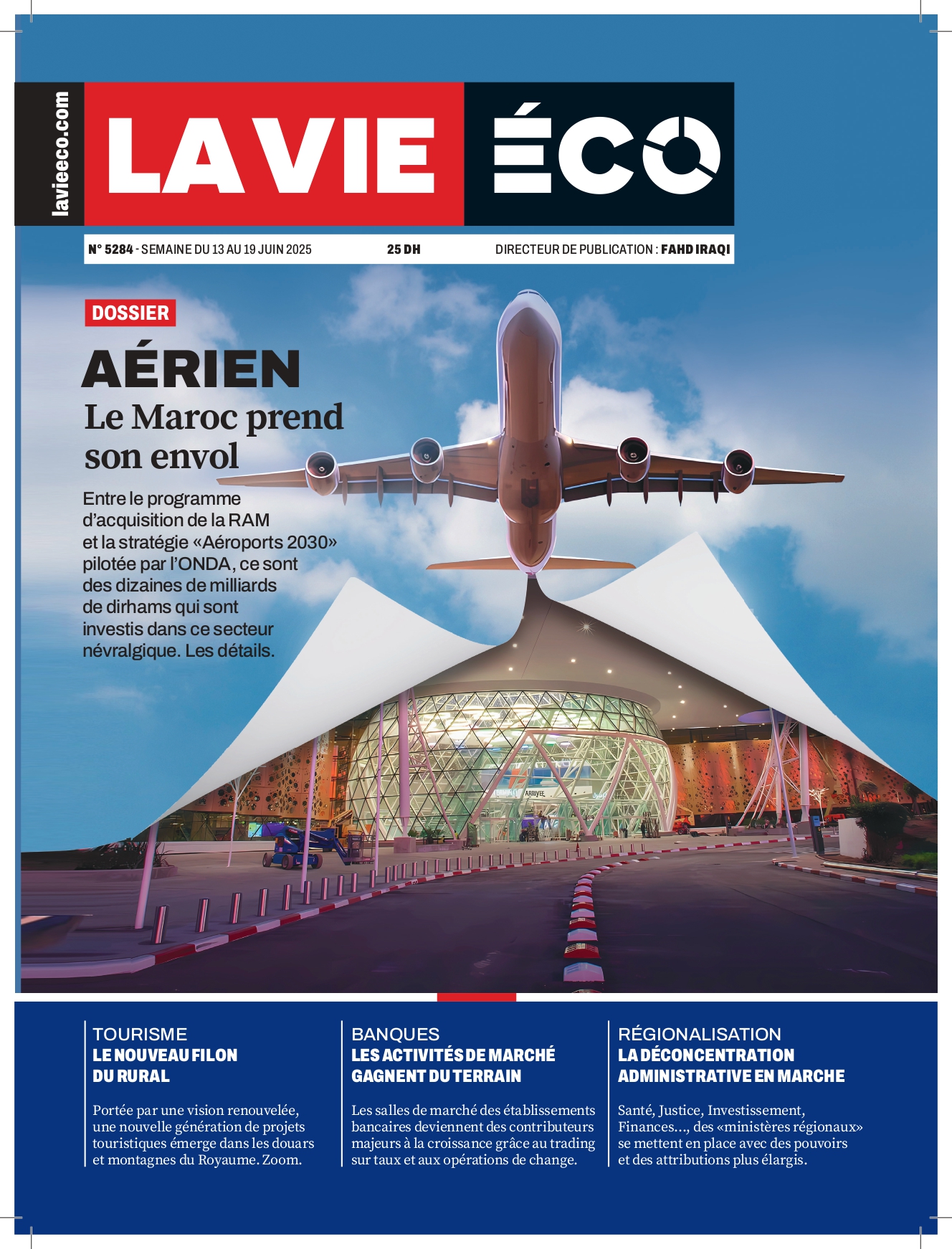Business
AES: Economies to Build, Morocco Has Much to Offer
For the three countries of the Alliance of Sahel States (AES), the Kingdom offers an interesting economic perspective. The green mobility and renewable energy industries could provide outlets for the mining sector, while the OCP Group is already a leading partner in agricultural development.

The three Sahel countries represent very little in Morocco’s trade balance. This is a fact. The most recent statistics from 2022 show that their trade has significantly improved over the years, amounting to 160 million dollars between Morocco and Mali, 121 million dollars with Burkina Faso, and 42 million dollars with Niger.
By comparison, the Morocco-Senegal economic partnership reached 484 million dollars the same year and 383 million dollars with Mauritania. These countries have similar demographics. According to 2025 estimates, Mali has about 22.3 million inhabitants, Niger about 26.3 million, and Burkina Faso about 23.4 million, with a poverty rate above 40%.
In Mali, the mining sector is the cornerstone of exports, with gold representing 75% of the total and contributing 10% of GDP in 2023. The country also inaugurated the Goulamina lithium mine in December 2024, with a Chinese company as the main shareholder, marking the entry of lithium into its mining production.
It is hard not to link this with the battery ecosystem being developed in Morocco with Chinese operators. On the other hand, the state recently adopted a new mining code to increase its participation in mining projects and boost revenues.
This reform aims to “strengthen Mali’s sovereignty over its natural resources and ensure a fairer distribution of benefits.” Agriculture is a major pillar of its economy, employing more than 80% of the active population and representing over 35% of GDP.
Notably, the OCP Group, through its African subsidiary OCP Africa, launched in October last year, with World Bank support, a strategic partnership with Mali’s Ministry of Agriculture.
This partnership will focus on three major initiatives to strengthen soil health and fertility and support sustainable agriculture through concrete actions, soil mapping, creation of agricultural service centers, and agritech. The country also has the necessary resources to become one of West Africa’s agricultural pillars.
In Niger, GDP growth sharply slowed from 11.9% in 2022 to only 2.5% in 2023, reflecting the immediate economic shock of ECOWAS sanctions. Public investment was particularly hit due to halted external financing and inability to access regional financial markets, leading to significant public spending cuts. Nevertheless, all signs point to an eventual recovery.
In this context, Morocco’s mediation efforts within the African Union to rehabilitate six African countries, including the three AES states, are noteworthy.
Shared Benefits
The oil sector in Niger is expected to be the main driver of strong economic growth in the coming years, with crude oil production set to increase dramatically, multiplying by five.
Agriculture, as a primary sector, contributes about 38% of GDP and employs about 80% of the active population. It is expected to see robust growth. Niger is also among the countries with which OCP Africa signed a similar partnership in December 2024, including soil mapping initiatives to improve land health and fertility.
Beyond oil, Niger has significant natural resources, including uranium and gold, offering long-term economic potential.
The gold sector is also an essential economic driver in Burkina Faso, representing 80.4% of exports and 18.2% of GDP in 2023. Production is expected to rebound with the upcoming commissioning of the country’s first gold refinery. Cotton cultivation (4.4% of exports in 2023) also contributes to economic dynamism.
That said, the withdrawal of the three countries from ECOWAS and the formation of the Alliance of Sahel States mark a geopolitical turning point whose long-term economic implications, especially regarding regional integration and market access, remain uncertain and could potentially increase their isolation. Hence the critical importance these countries place on the Moroccan Sahelo-Atlantic initiative.













